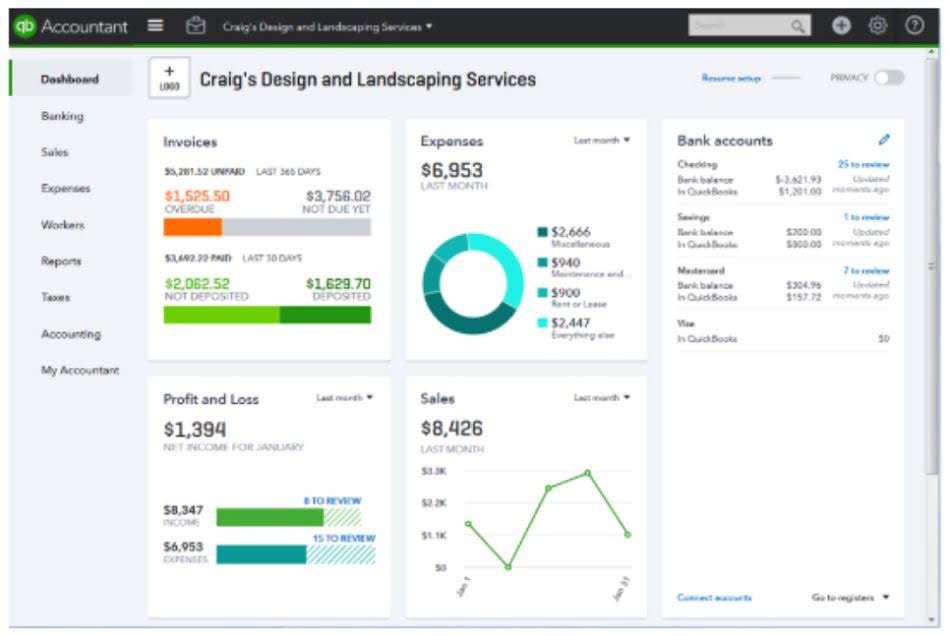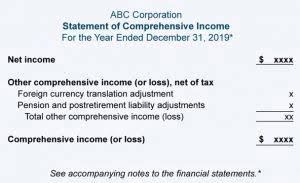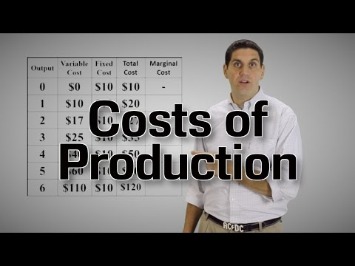Raw materials are the direct goods purchased that are eventually turned into a final product. If the athletic brand doesn’t make the shoes, it won’t incur the cost of leather, synthetic mesh, canvas, or other raw materials. In general, a company should spend roughly the same amount on raw materials for every unit produced assuming no major differences in manufacturing one unit versus another. The break-even point determines the level of sales needed to cover all of the costs of production; fixed and variable costs. If a company is at the break-even point, they are neither making nor losing money.
The total variable cost for this order of 30 chairs would be $1,500, meaning the chair company’s gross profit for the order would be $900 ($2,400 – $1,500). Understanding your variable costs is essential for small and mid-sized businesses. The higher your variable costs, the lower your profit margin, meaning your business makes less money. Different industries tend to have more fixed or variable costs, depending on the nature of the service or product they provide.
Pricing Strategy Optimization
The firm offers bookkeeping and accounting services for business and personal needs, as well as ERP consulting and audit assistance. An increase in the number of deliveries being made will increase the expense of gasoline, but not the cost of the insurance, depreciation, or loans. For example, if a spike in demand for a particular raw material occurs due to global shortages, the cost to purchase that material will increase. This information will help management with pricing strategy and help they review performance should volumes differ from budget. Our writing and editorial staff are a team of experts holding advanced financial designations and have written for most major financial media publications. Our work has been directly cited by organizations including Entrepreneur, Business Insider, Investopedia, Forbes, CNBC, and many others.
Variable Costs Formula
A company that seeks to increase its profit by decreasing variable costs may need to cut down on fluctuating costs for raw materials, direct labor, and advertising. However, the cost cut should not affect product or service quality as this would have an adverse effect on sales. By reducing its variable costs, a business increases its gross profit margin or contribution margin. A variable cost is any corporate expense that changes along with changes in production volume. As production increases, these costs rise and as production decreases, they fall.
- Utilities are a variable cost because they usually increase and decrease alongside your production.
- By constantly evaluating and adjusting resource allocation based on variable cost data, businesses can ensure they’re operating efficiently and maximizing returns.
- We follow strict ethical journalism practices, which includes presenting unbiased information and citing reliable, attributed resources.
- However, the cost cut should not affect product or service quality as this would have an adverse effect on sales.
Meanwhile, fixed costs must still be paid even if production slows down significantly. A variable cost is an expense that changes in proportion to how much a company produces or sells. Variable costs increase or decrease depending on a company’s production or sales volume—they rise as production increases and fall as production decreases. Fixed costs remain the same regardless of whether goods or services are produced or https://www.sebico.fr/category/actualites/page/2/ not.
Do you already work with a financial advisor?
Variable costs are critical in determining pricing because they directly impact the cost of producing a product. https://fortee.ru/2015/12/15/form-8-my-attitude-to-pocket-money-2/ This opens the door for companies to set prices that not only cover the cost of production but also generate a profit. If you want to optimize operations and boost profitability, understanding cost management is a must. One of the more important aspects of cost management is variable cost, as it directly impacts a manufacturing company’s bottom line.
By embracing lean techniques, businesses can effectively reduce their variable costs and improve overall https://zablugdeniyam-net.ru/izobreteniya/pervyj-kompyuter/ efficiency. Focusing solely on variable costs might lead businesses to overlook longer-term strategic considerations. While understanding variable costs is vital, it’s equally essential to be aware of their limitations. For instance, if a particular product has a high variable cost but generates low revenue, it might be more beneficial to divert resources to another product with a better profit margin.
Production supplies and equipment refers to any necessary supplies or equipment that fluctuate with your output level. For the chair company, an example would be oil for machines involved in the woodworking process. If the company makes more chairs, they’ll need more machine oil, making this a variable cost. In this example, the average variable cost formula simply works backward to arrive at our original cost per unit. Restaurants, on the other hand, tend to have much higher variable costs, since they depend so heavily on labor. This means that service industry businesses are more vulnerable to competition since startup costs are much lower than other types of businesses.
Why You Can Trust Finance Strategists
- In either situation, the variable cost is the charge for the raw materials (either $0.50 per pound or $0.48 per pound).
- Determining what constitutes a direct variable cost can sometimes be challenging.
- Marginal cost refers to how much it costs to produce one additional unit.
- To find variable cost per unit, we add the cost per unit in materials ($25) and direct labor costs ($25), and multiply it by our total quantity of output (how many chairs are produced for the order).
Some of these remain static regardless of a business’s output, while others will fluctuate. Understanding the differences between these fixed and variable costs will allow businesses to better manage their operations, margins, and overall strategy. Developing a new production process can help cut down on variable costs, which may include adopting new or improved technological processes or machinery.
All such information is provided solely for convenience purposes only and all users thereof should be guided accordingly. Sometimes, replacing a high-cost material with a more affordable alternative without compromising on quality can lead to substantial savings. This might involve training employees, investing in advanced machinery, or adopting new production techniques.
Marginal costs can include variable costs because they are part of the production process and expense. Variable costs change based on the level of production, which means there is also a marginal cost in the total cost of production. Fixed costs are expenses that remain the same no matter how much a company produces, such as rent, property tax, insurance, and depreciation. Variable costs are any expenses that change based on how much a company produces and sells, such as labor, utility expenses, commissions, and raw materials.
When the manufacturing line turns on equipment and ramps up production, it begins to consume energy. When it’s time to wrap up production and shut everything down, utilities are often no longer consumed. As a company strives to produce more output, it is likely this additional effort will require additional power or energy, resulting in increased variable utility costs. These employees will receive the same amount of compensation regardless of the number of units produced.



















